Wildflowers are a wonderful addition to yards because they are easy to grow, improve the soil, and look lovely. But, if you think all you have to do is toss some wildflower seeds onto your lawn, think again. We did a bit of research to find out how to grow wildflower seeds on grass successfully.
Unfortunately, you can't just throw wildflower seeds on grass, as the soil needs to be prepared before planting. It is best to remove as much grass as possible from the lawn before putting wildflower seeds down. To give your seeds a good start, it is better to plant them in early spring or fall.
If you love a relatively low-maintenance garden filled with beautiful native wildflowers, you'll want to keep reading. We'll discuss the steps necessary to grow wildflowers from seeds, prepare the soil, and other helpful tips.
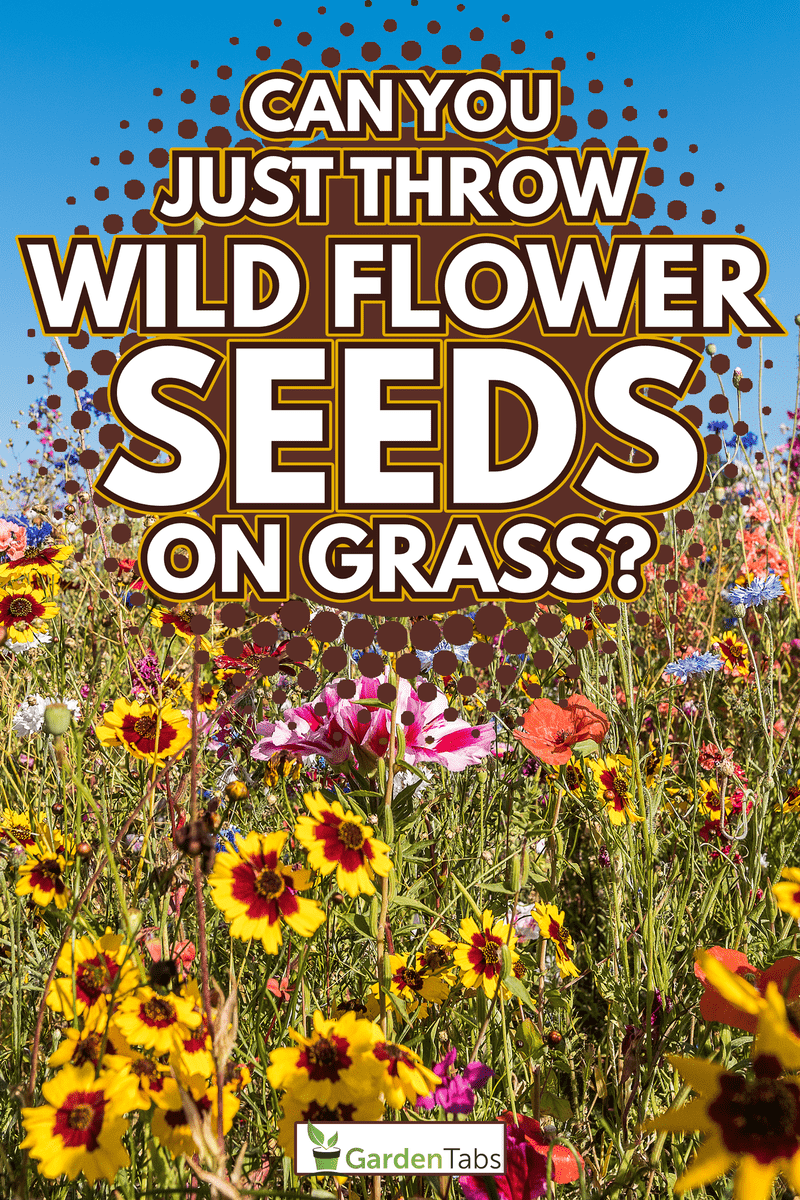
How to Grow Wildflowers from Seeds
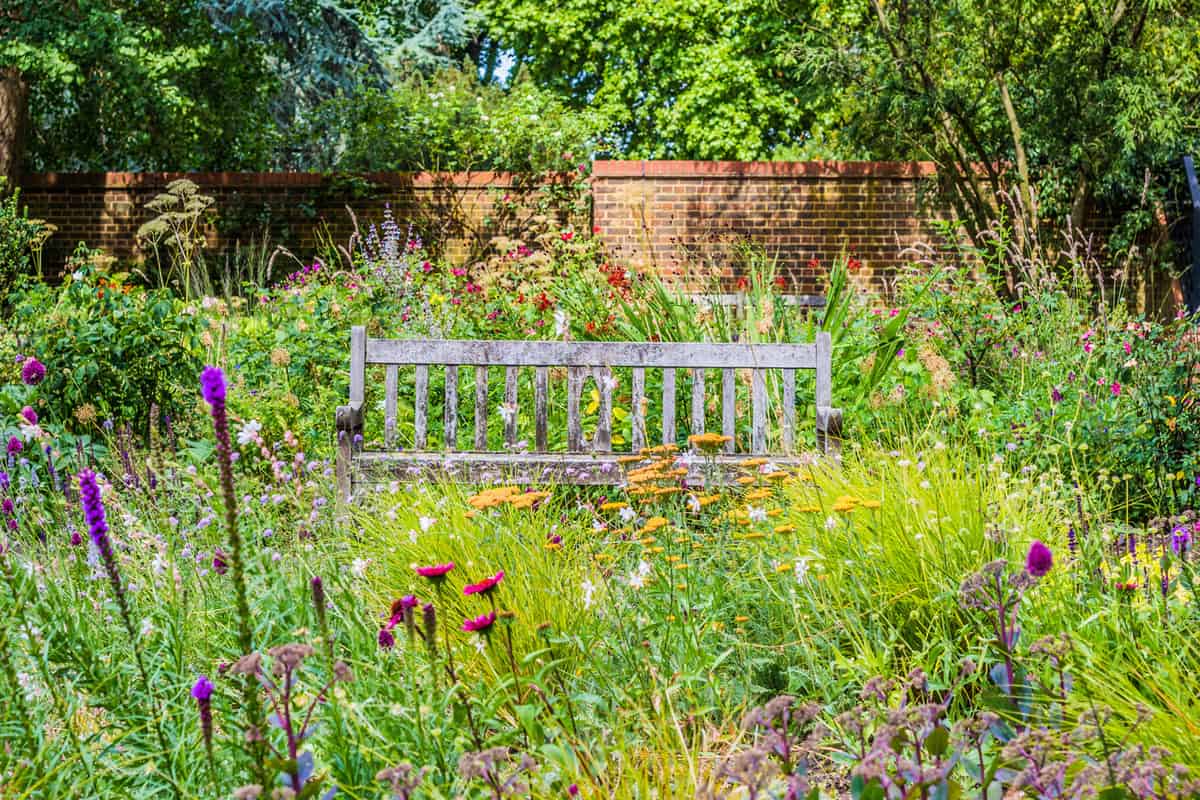
Don't expect a meadow of wildflowers to pop up if you throw some seeds over an area of grass. Wildflower seeds require the same attention as other garden plants. The soil needs to be slightly tilled, exposing rich topsoil. Any patches of grass should be removed to ensure the seeds have plenty of room to establish room and get enough water.
When germinating seeds, they are incredibly vulnerable and need enough water, light, and nutrients. If there is too much grass, weeds, or other vegetation where wildflower seeds are sown, they will struggle to survive and thrive.
If you are eager to establish a wildflower meadow over an existing grassy section of your yard, it's better to create a diverse area from the ground up. It will be better for your wildflowers and grass if you plan and organize where each type of seed will exist on your land.
Now that you realize it is better to prepare the soil to accept your wildflower seeds, there are a few more points to keep in mind. First off, you don't want to plant wildflower seeds too deep into the soil. Sunlight will have a more challenging time reaching buried seeds.
Press wildflower seeds gently into the soil. The seeds should not be covered with a layer of compacted soil nor end up on top of the topsoil's surface. Wildflower seeds need sunlight to activate the germination process.
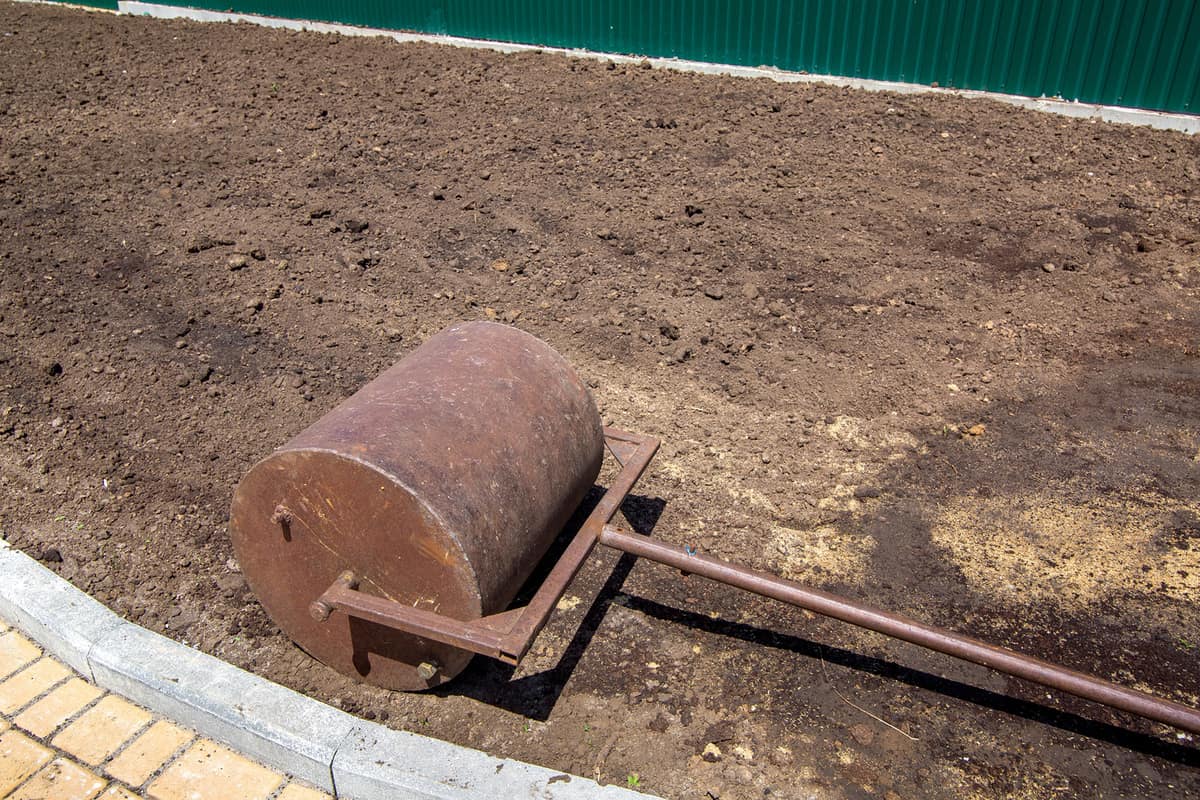
Avoid planting delicate seeds on a windy day, lest they blow away. Try to put your seeds down evenly over the soil and gently walk over the sown area or use a lawn roller. Water your plants very gently unless rain is in the forecast. However, avoid planting wildflower seeds right before heavy storms, as too much water can wash away your seeds.
How Do I Prepare My Lawn for Wildflowers?
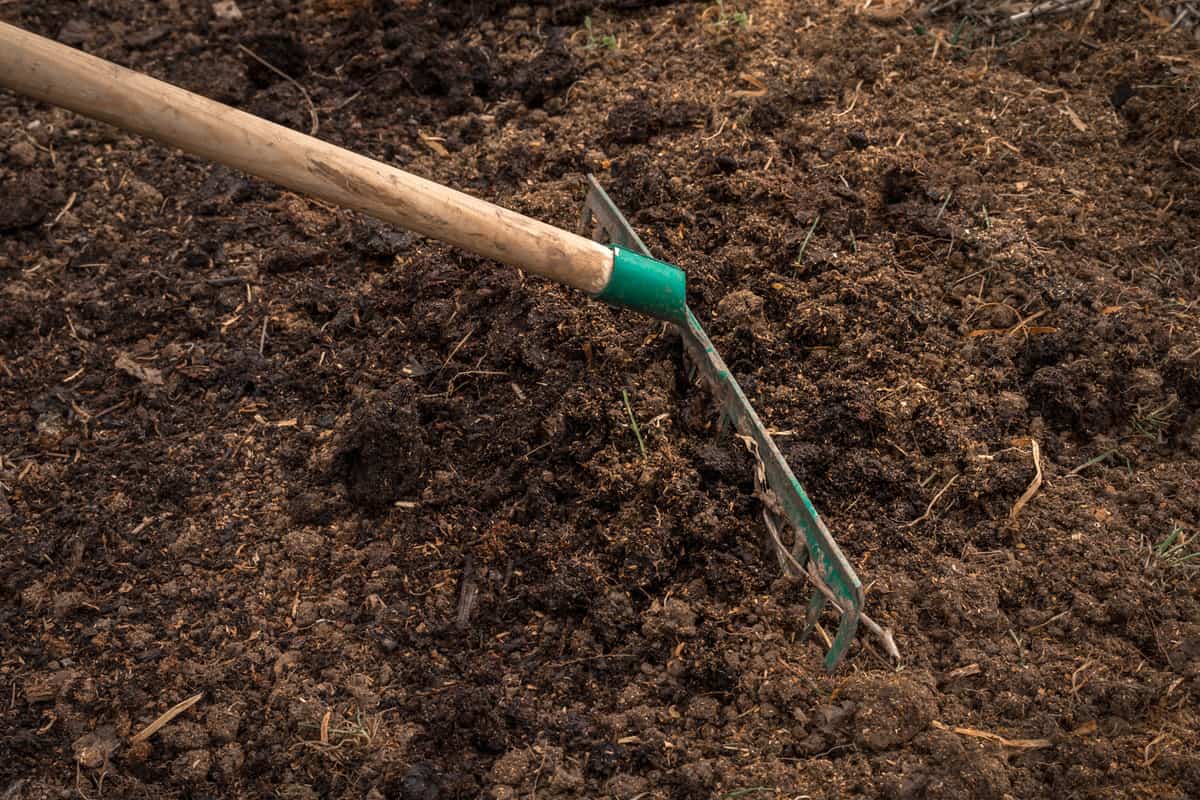
You may see a swathe of wildflowers growing in a prairie or the woods, but don't think you can accomplish similar results by throwing wildflower seeds on grass. A lawn and the soil need to be prepared to make it hospitable for wildflower seeds. It is doubtful that wildflower seeds will be able to germinate if they have to fight tall, established grass for sunlight, nutrients, and room to grow.
First off, check to see if you have clay soil or need to augment your soil. For some helpful advice on this matter, check out "How Much Gypsum To Add To Clay Soil." If you have sandy soil, reading this post, "How Much Compost Do You Add To Sandy Soil?" might be of some benefit.
Before you plant your wildflower seed mix, the soil should be aerated, well-draining, and have sufficient nutrients to support growth. You will need to remove any vegetation, grass, weeds, rocks, and anything that will hinder your seeds from germination.
You may find it helpful to mix your wildflower seed with a bit of sand, perlite, or another beneficial substance to help evenly distribute the seeds on the prepared area. Till the soil, so you have one inch of quality topsoil to receive the seed mix. Do not bury the seeds or have them deeper than 1/16 of an inch into the soil.
Check out this compost to condition soil on Amazon.
How Often Should I Water Wildflower Seeds?
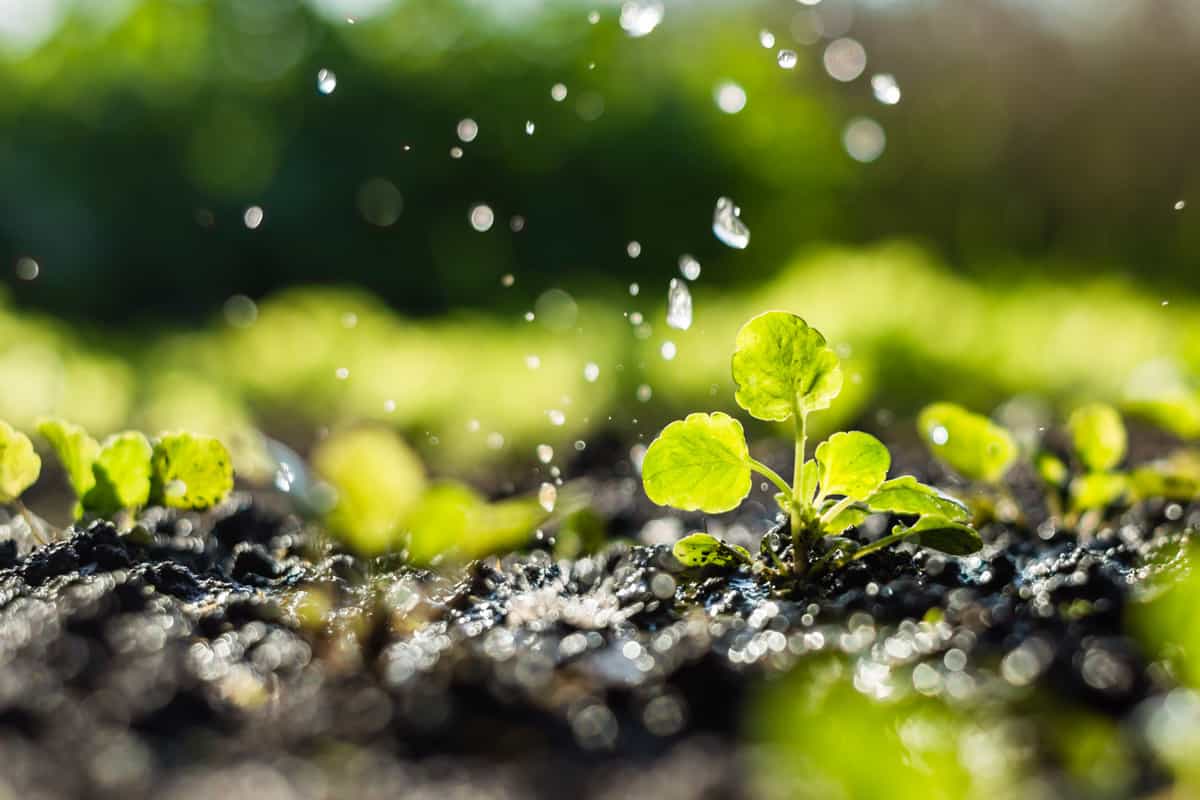
The first four to six weeks are the most critical for wildflower seeds, as they start to establish their root systems and develop into seedlings. Depending on how often it rains in your area, the average temperatures, and your soil quality, you can gauge how often your seeds will need watering.
People who live in the southwest may need to water their seeds a few times daily. If wildflower seeds are being grown in the western part of the states, seeds may need water once a day. But watering seeds every couple of days should suffice for gardeners living in the central, eastern, and southern parts of the country.
If it rains a lot in your area, you can cut down on the watering schedule. Avoid planting seeds in areas of your yard that are likely to have deep pools or puddles. You don't want your seeds to get washed away or nutrients to leave the soil. Once you see seedlings between one to two inches tall, you can reduce how often you water your plants.
How Long Does it Take Wildflower Seeds to Sprout?
Wildflower seeds will begin to activate after exposure to light and if their soil is moist, not soggy. If the conditions are optimal for your wildflower seeds, expect to see sprouts within as little as two to three weeks. After carefully watering your seeds, you should see seedlings about four to six inches tall after four to six weeks.
Many types of wildflowers will start to germinate after about eight days, but some species may take longer. Be patient and be careful about how often you water your seeds. Ensure the soil is adequately aerated and has sufficient nutrients for your new flowers to give them a chance to establish themselves.
For best results, try to find a mix of wildflowers native to your area. Or, choose a seed mix that will thrive in your local soil conditions, temperature, and precipitation levels.
Check out this wildflower seed mix on Amazon.
Can You Turn a Lawn Into a Wildflower Meadow?

If you are looking for a low-maintenance but visually stunning backyard, why not build a wildflower meadow? With a bit of careful planning and preparation, you can enjoy a picturesque wildflower meadow that practically takes care of itself. Of course, you will need to water and care for your wildflower seeds until the plants establish healthy root systems.
A wildflower meadow is an excellent idea, as it helps attract and support pollinating insects like bees, butterflies, birds, and reduces the chance of soil erosion. Plan to grow a wildflower meadow in well-draining soil where there is exposure to full sun for optimal results.
Let nature reveal itself and ditch having to routinely mow the lawn, put down pesticides, and constantly manicure your green space. Instead, when you have a wildflower meadow, you support building habitats for native species and contribute to cleaner waterways.
You will need to start with a wildflower seed mix filled with native plants. Next, you will need to select a common meadow grass to coincide with your wildflowers.
Check out a list of the following meadow grasses for ideas:
- Buffalograss
- Meadow foxtail
- Wild rye
- Sweet vernal grass
- Little bluestem
- Big bluestem
Be patient, as it may take two to three seasons for a wildflower meadow to establish itself on your property. Prepare the soil and add a mix of wildflower seeds and native grasses. Give your meadow a good start and try to plant it in the fall, so you don't have to amend the soil much unless it needs it.
Should You Mow a Wildflower Meadow?
The following idea might be a bit of a shock, but it is good to mow a wildflower meadow. During the first year that a wildflower meadow is being established, mowing the area helps reduce weeds.
In addition to reducing invasive plants that will steal nutrients, water, and sunlight from wildflowers, mowing has another benefit. Mowing wildflowers helps to distribute seeds that will germinate the following spring.
Final Thoughts
As more people recognize the economic and ecological toll that maintaining a traditional grassy lawn requires, growing wildflowers has become fashionable. A curated wildflower meadow or a yard with wildflowers provides an inviting space for native pollinators. Additionally, native wildflowers and grasses improve water quality, help retain nutrients in the soil, and are low-maintenance.
If you enjoyed this post, take some time to check out the following articles.
10 Ground Cover Plants That Bloom All Summer


